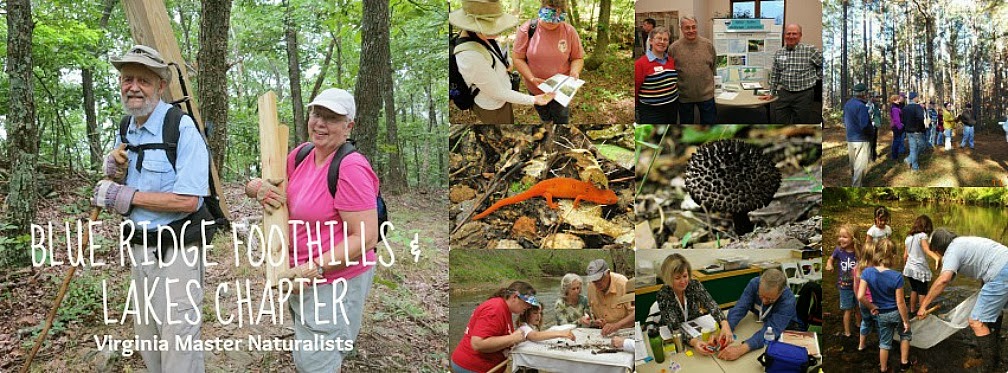A recent study shows that acidity in Nelson and Amherst counties’ mountain streams has decreased since 2000 and the streams are now considered sustainable for brook trout.
 |
| BRFAL Member Marshall Sediment testing in a Franklin County stream |
 |
| Rain water will travel through the soil before it reaches our streams |
Article excerpt: About 350 of the 2010 streams were tested in 2000 as well. The streams were chosen because they were mountain streams, so they were cold enough to support the brook trout and their reproduction. The streams also had to be large enough so they didn’t dry up in the summer. Samples were collected from the streams in April and May of 2010.
While brook trout are considered to be one of the most resistant mountain stream fish to acidity, their young are not as resilient. The acidity affects the newly hatched fish, which can cause the species to disappear, Webb said.
One of the causes for the acidic streams is sulfur dioxide from coal-burning power plants in western Virginia that settles into the water as sulfate, according to the 2010 study results. Webb said another factor is nitrogen that is produced several ways, including from car emissions. However, Webb said, the nitrogen was not as harmful as the sulfate.
A driving force for the reduction of acidity in the streams was the passage of the Clear Air Act in 1990 which created restrictions on emissions, specifically sulfur. Since the act was phased in and didn’t really come into full affect until 2000, this is the first time the study shows the act’s benefits, Webb said.
The type of soil surrounding the streams and in the watersheds also affected the acidity and the amount of time for the streams to recover because the chemicals are absorbed by the soil.
Rain water will travel through the soil in the watershed before it enters the streams. Certain soils, like those containing limestone found in a valley, neutralize the acid better than others, like those that come from sandstone or quartzite, which are usually found on the western side of the Blue Ridge, Webb said.
Read the entire article here from NewEraProgress.com
See the article here about BRFAL Chapter Save Our Streams Water Monitoring.
If you are interested in becoming a Citizen Scientist Volunteer the next BRFAL Chapter Basic Training for Aspiring Virginia Master Naturalists is coming up in March at The Franklin Center in Downtown Rocky Mount VA! You can get the Draft Schedule of Classes and View the Itinerary here, and get the Information Letter and Application here. If you have any questions about this upcoming basic training please send an email to: contact@brfal.org
Learn more about the Virginia Master Naturalist Program here. We hope to see you at the next training!

No comments:
Post a Comment
Thanks for your comment and interest! NOW GO OUTSIDE!